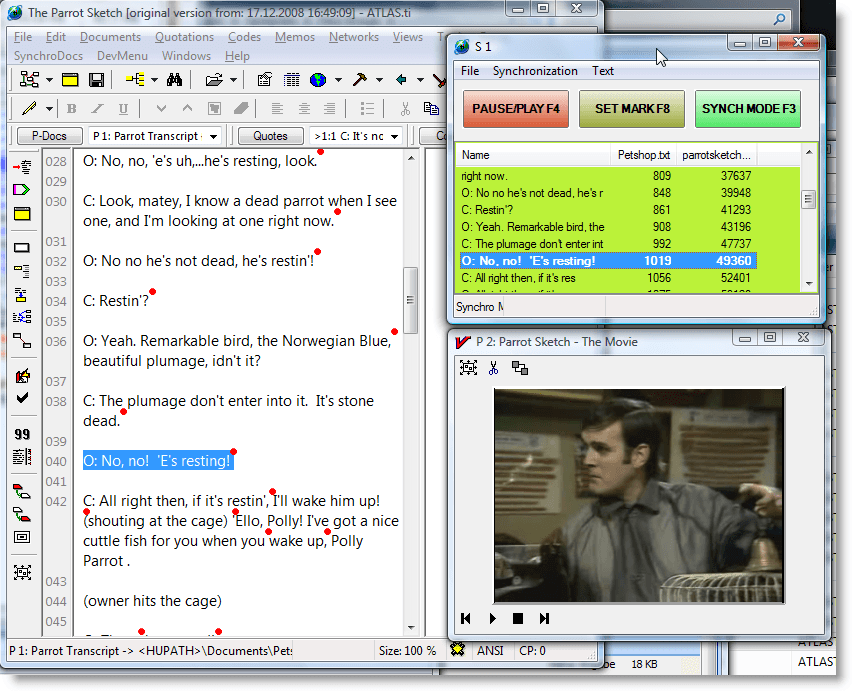

#Atlas ti code#
In the example above, a set of three paragraphs is represented by one code displayed in green in the right margin. To engage in coding, a researcher looks at the data line-by-line and develops a codebook by identifying data segments that can be represented by words or short phrases.
#Atlas ti how to#
From flow charts to semantic networks, codes provide researchers with almost limitless possibilities in choosing how to present their rich qualitative data to different audiences. In addition, codes can be visualized in numerous ways to present qualitative insights. While a strictly numerical understanding of qualitative research may overlook the finer aspects of social phenomena, researchers ultimately benefit from an analysis of the frequency of codes, combinations of codes, and patterns of codes that can contribute to theory generation. In that case, researchers need to find ways to "count" the data along established data points, which is a role that coding can fulfill.

Naturally, suppose such visualizations rely on tables and figures like bar charts and diagrams to convey meaning. When presenting qualitative research to an audience, researchers could rely on a narrative summary of the data, but such narratives might be too lengthy to grasp or difficult to convey to others.Īs a result, researchers in all fields tend to rely on data visualizations to illustrate their data analysis. The use of codes also has a purpose beyond simply establishing a convenient means to draw meaning from the data. Moreover, this process of categorizing the different pieces of data helps researchers see what is going on in their data and identify emerging dimensions and patterns. Coding allows a reader to get the information they are looking for to facilitate the analysis process. Now, with two ways to organize the data in front of you, you can look at all of the ingredient sections of all the recipes belonging to a cuisine to get a sense of the items that are commonly used for such recipes.Īs illustrated in this example, one reason someone might apply sticky notes to a recipe is to help the reader save time in getting the desired information from that text, which is essentially the goal of qualitative coding. Now, suppose you have different colors of sticky notes, where each color denotes a particular cuisine (e.g., Italian, Chinese, vegetarian). Imagine applying a couple of sticky notes to a collection of recipes, marking each section with short labels like "ingredients," "directions," and "advice." Afterward, someone can page through those recipes and easily locate the section they are looking for, thanks to those sticky notes. What is a code?Ī code in the context of qualitative data analysis is a summary of a larger segment of text. Coding provides a way to make the meaning of the data clear to you and to your research audience. Qualitative coding is almost always a necessary part of the qualitative data analysis process.


 0 kommentar(er)
0 kommentar(er)
